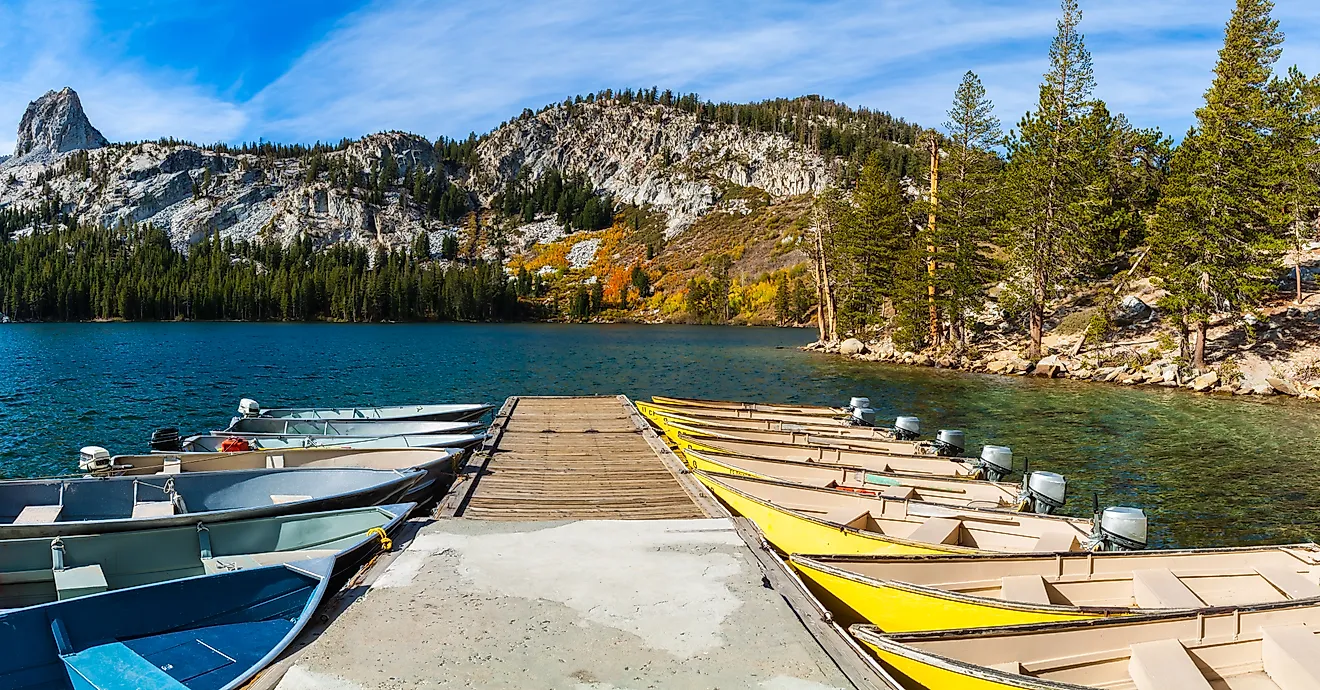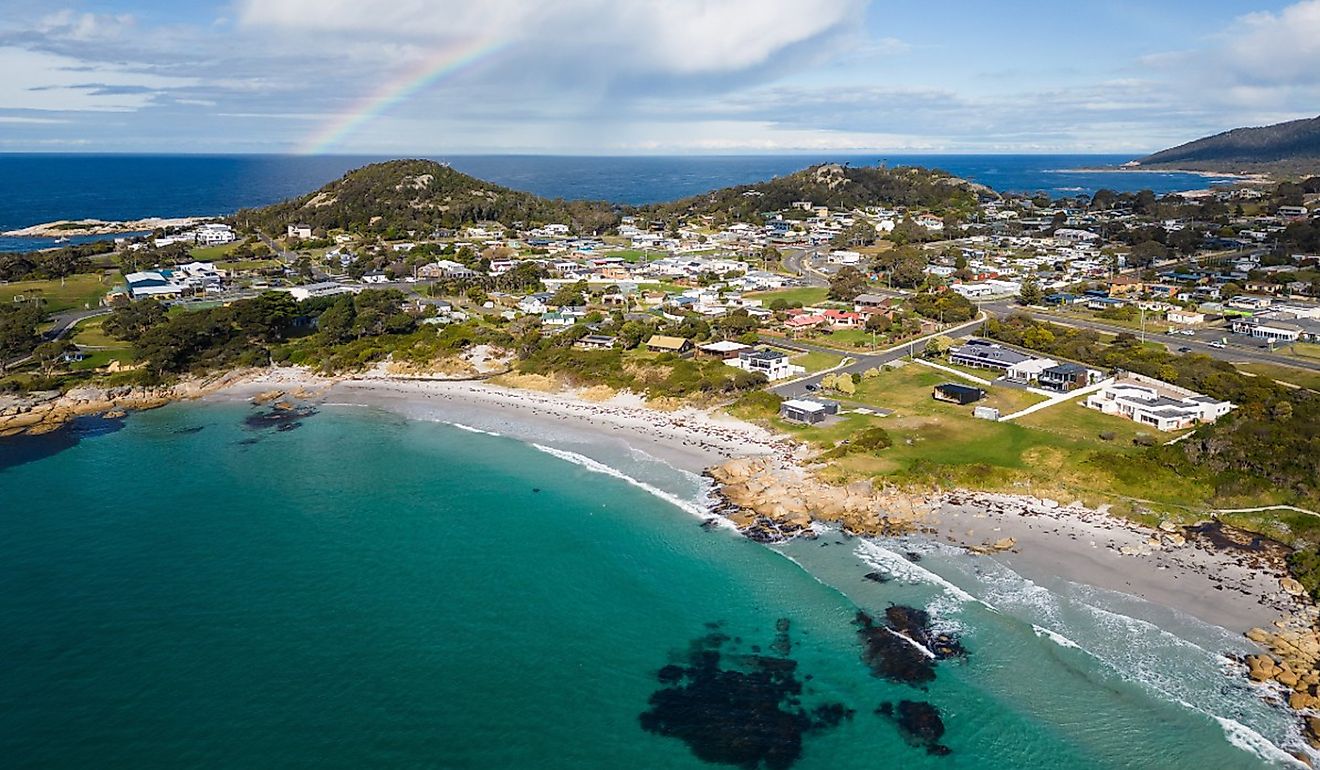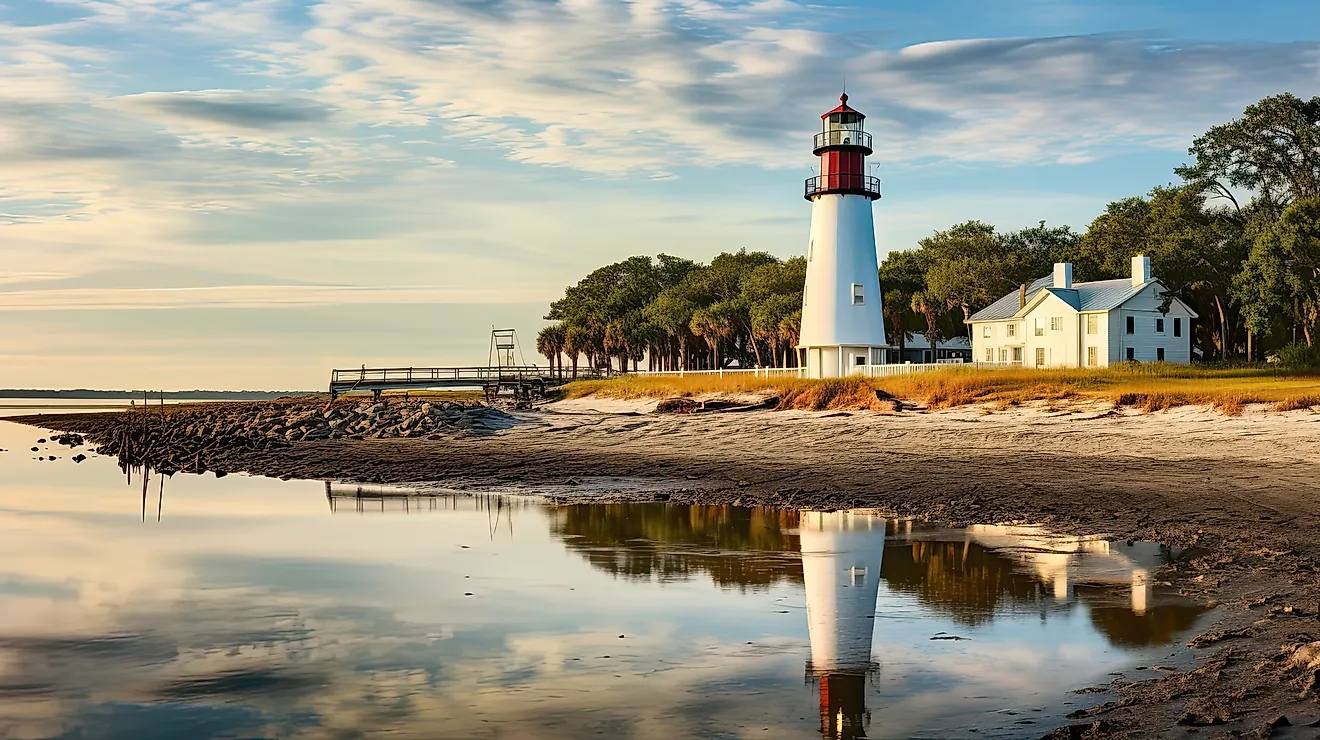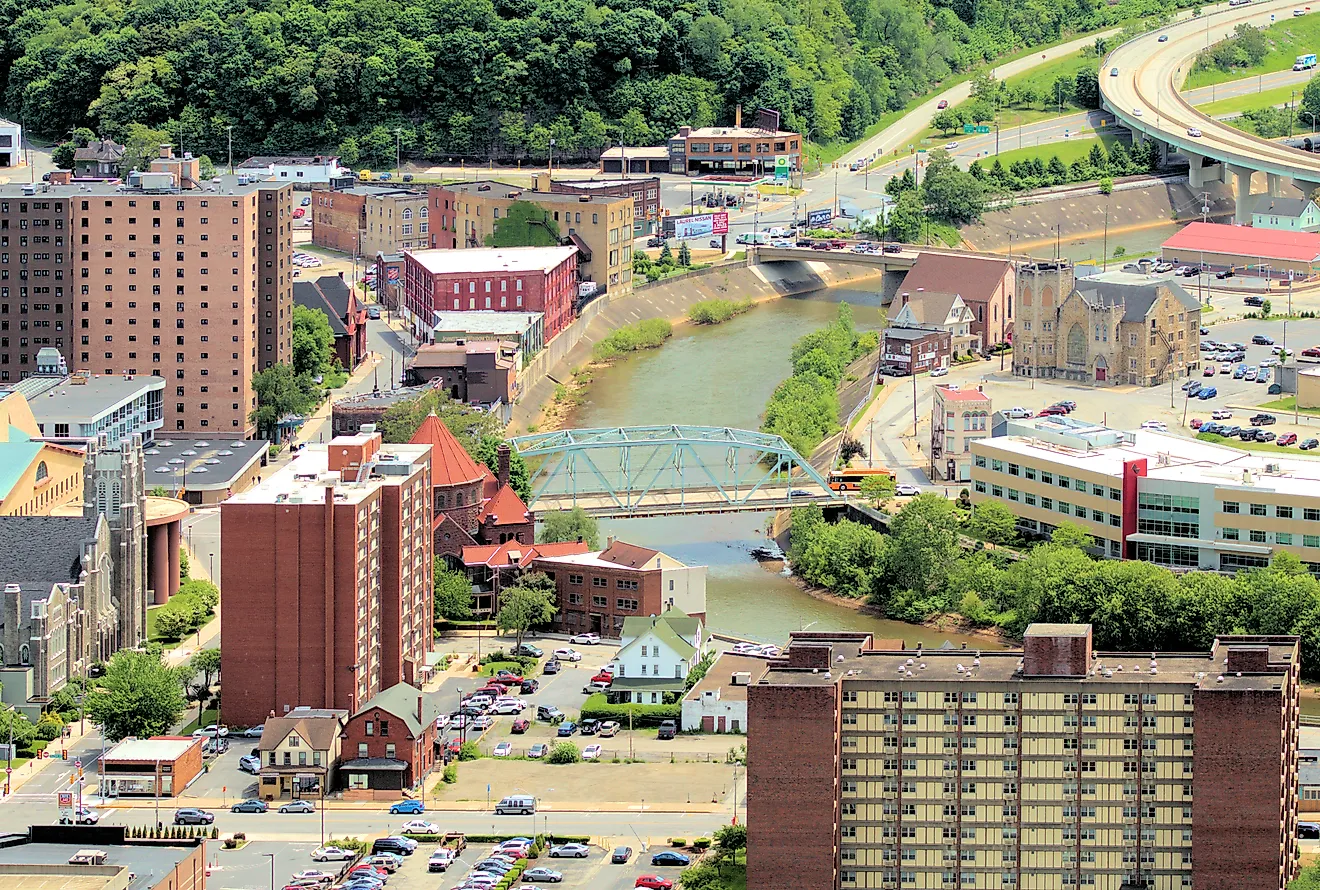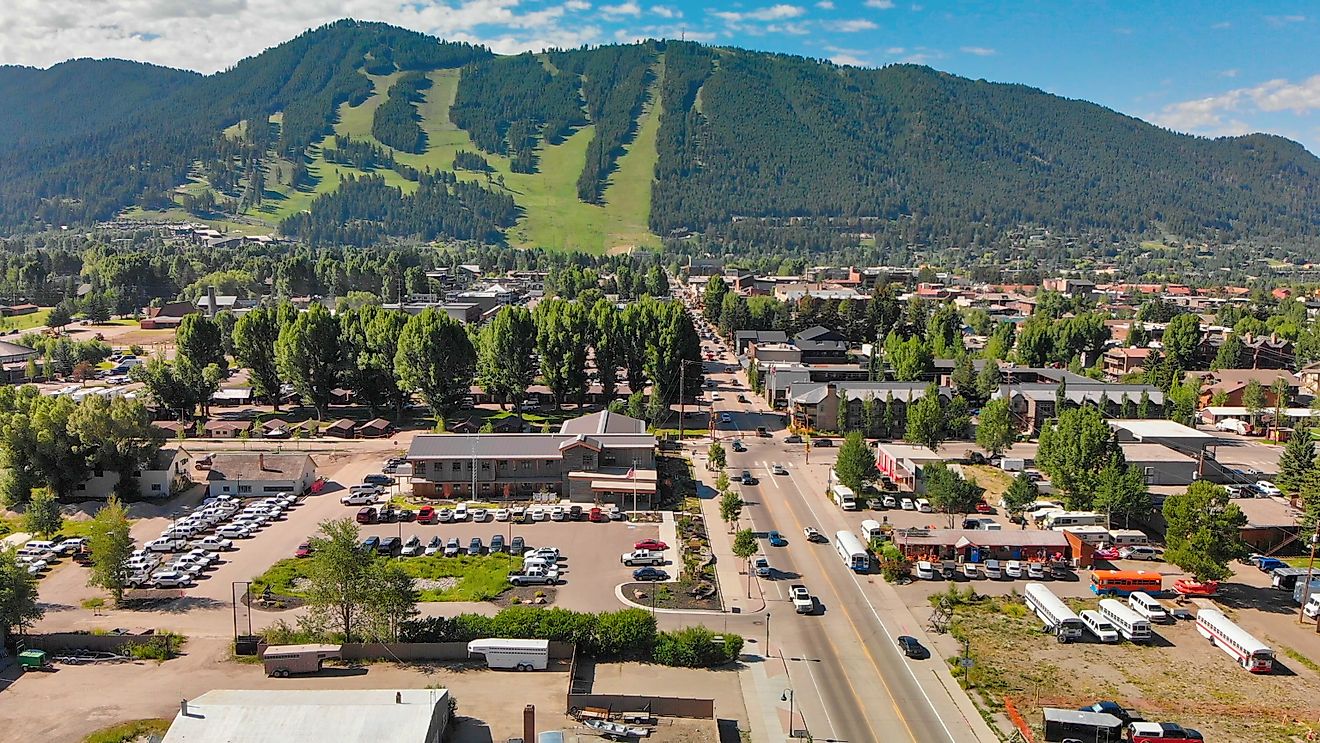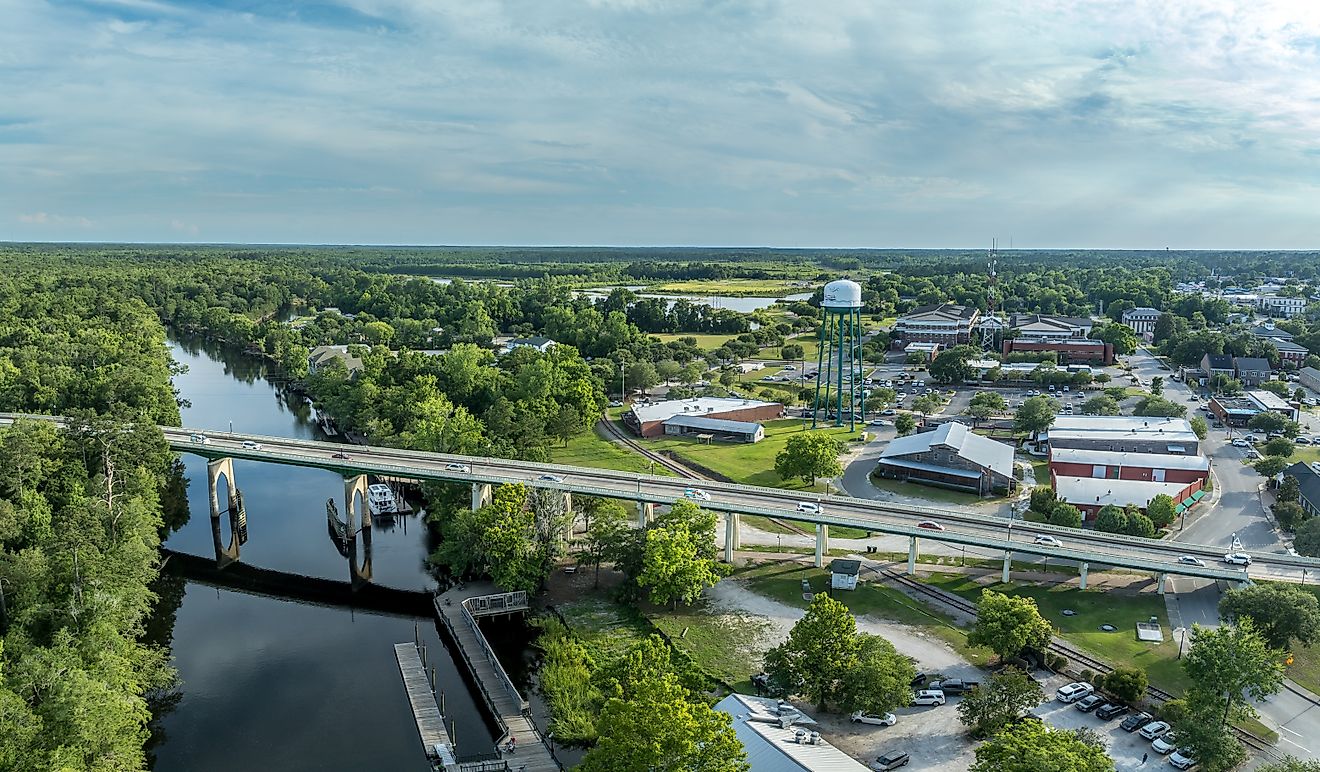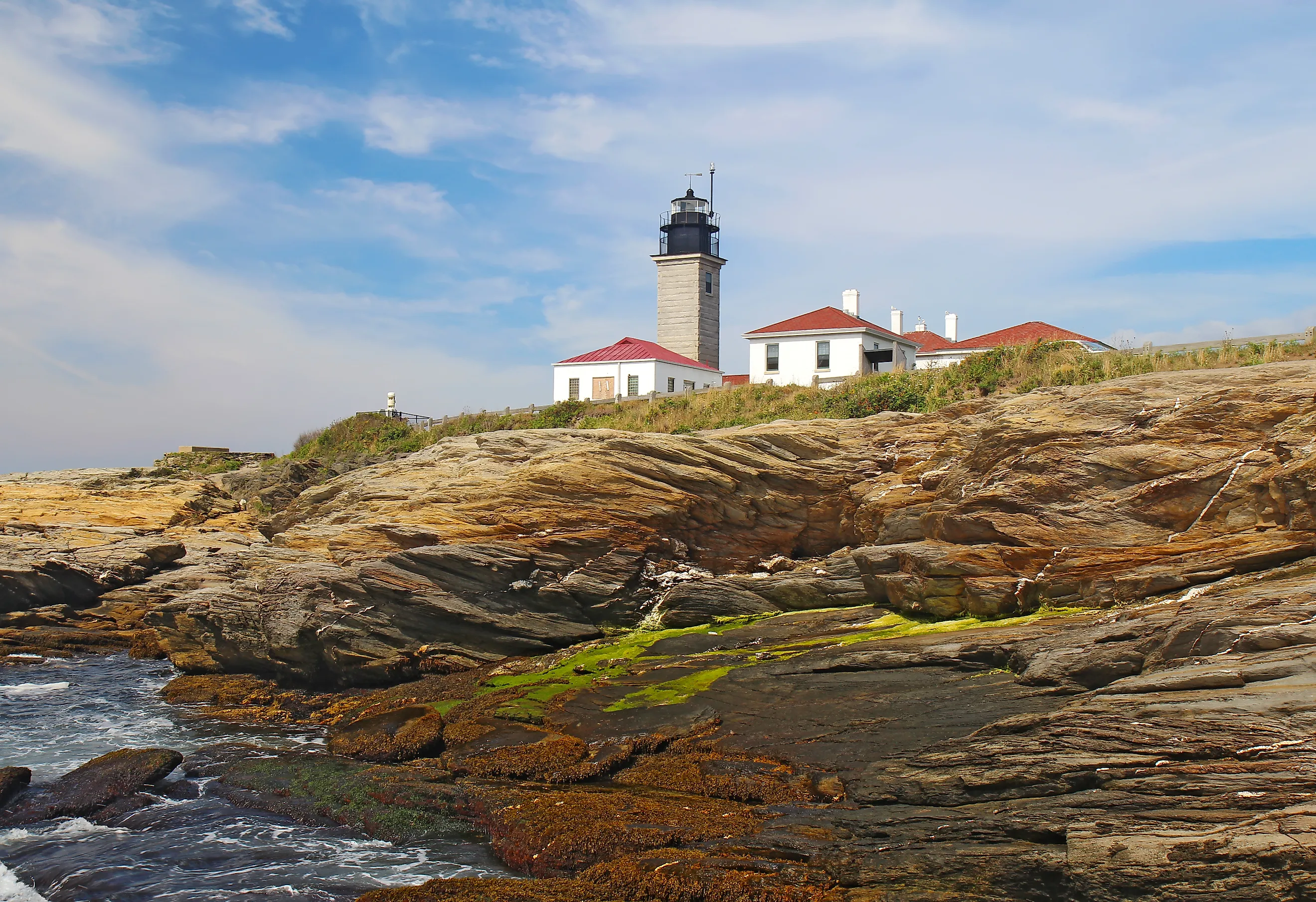
7 Best Natural Wonders To Visit In Rhode Island This Year
Rhode Island may be the smallest state in the U.S., but its landscapes boast a surprising range of natural wonders worth exploring this year. From towering ocean-side cliffs and barrier beaches to lush forests shaped by glaciers, this New England state preserves a diverse range of environments that highlight both its coastal and interior geography.
Many of these areas also serve as critical habitats for wildlife, adding ecological importance to their scenic appeal. Whether along the shoreline or inland, the natural wonders within Rhode Island we'll be discussing below reveal a scale far larger than its borders suggest.
Mohegan Bluffs
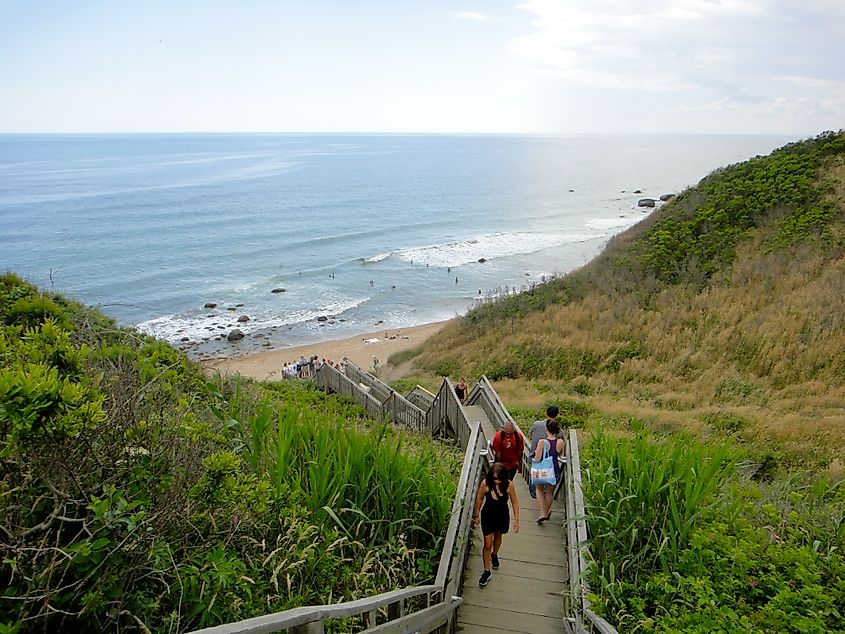
On the southern coast of Block Island, the Mohegan Bluffs rise nearly 200 feet above the Atlantic Ocean, creating one of Rhode Island’s most epic natural viewpoints. These clay cliffs extend for miles, constantly shaped by wind and waves. As erosion continues, they are slowly retreating, adding urgency for many curious travellers to experience them while they remain intact.
A wooden staircase with over 140 steps will lead you down to a secluded beach where the scale of the cliffs becomes even more apparent from below. On the other hand, the view from the top provides a wide panorama of the ocean, with Montauk Point on Long Island visible on a clear day.
These bluffs also hold some notable historical significance, too, being named after a 16th-century conflict between the Mohegan (the victors) over the Niantic tribes, in which the Niantics were allegedly pushed off the top.
Beavertail State Park
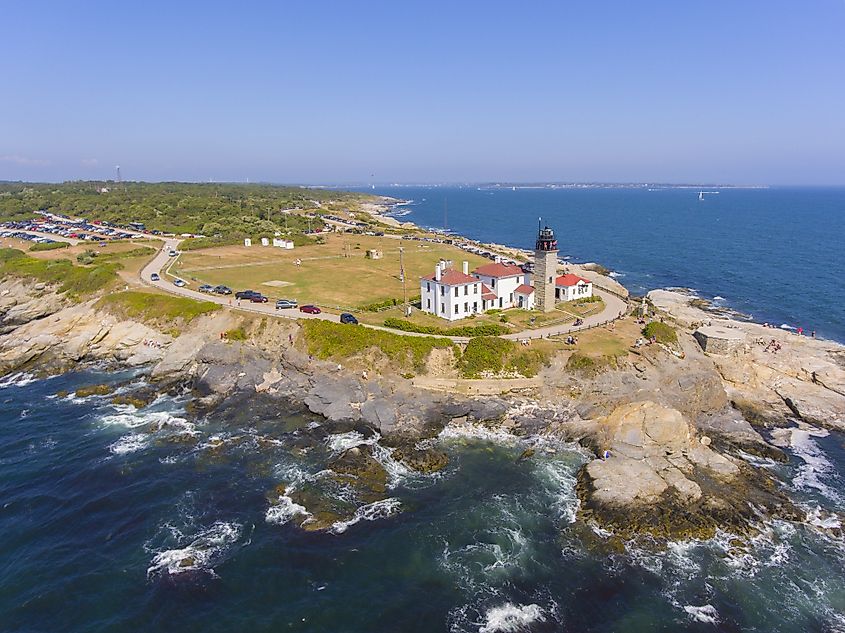
Located at the far southern tip of Jamestown, Beavertail State Park showcases some of Rhode Island’s most rugged coastal scenery. At the center of the park stands the historic Beavertail Lighthouse, first established in 1749. Interestingly, this beacon remains an active aid to navigation to this day.
Moreover, the park’s shoreline is visually defined by its many jagged rock formations, where waves crash against the cliffs, creating a setting that contrasts with the state’s often calmer beaches. A web of Trails weaves through open fields and along the rocky coast, giving access to multiple vantage points. The exposed geology here provides a clear view of ancient metamorphic rock formations, offering insight into the region’s deep natural history while highlighting the power of the Atlantic Ocean.
It is recommended to explore the tidal pools at low tide, when they reveal a plethora of local marine life, including crabs, mussels, and small fish. The area is also a prime spot for watching seabirds and migrating shorebirds.
Ninigret National Wildlife Refuge
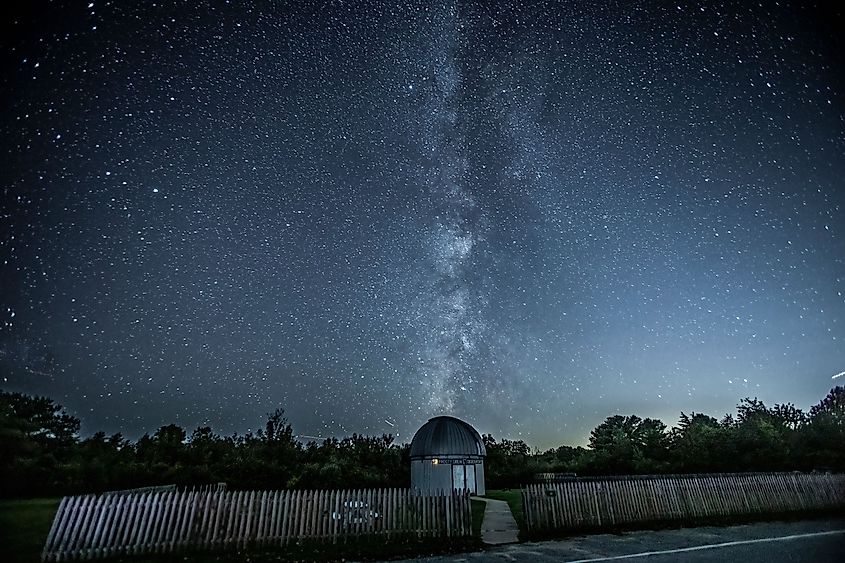
Ninigret National Wildlife Refuge protects one of Rhode Island’s largest coastal lagoons and a wide stretch of nearby barrier beach. The refuge is a critical habitat for migratory birds, including ospreys, piping plovers, and great egrets, making it yet another major destination for birdwatching. Its mix of saltwater marshlands, coastal shrubland, and freshwater ponds also supports a variety of native plants and small mammals.
Trails such as the Salt Pond Trail provide access to views of Ninigret Pond, a shallow body of water connected to the Atlantic by a narrow breachway. The lagoon is also popular for kayaking and canoeing, allowing for close encounters with its diverse ecosystems.
Beyond its importance for the region's ecology, this refuge also preserves remnants of World War II-era naval facilities that are worth exploring. For these reasons, Ninigret is a sought-after spot for history buffs and naturalists alike.
Sachuest Point
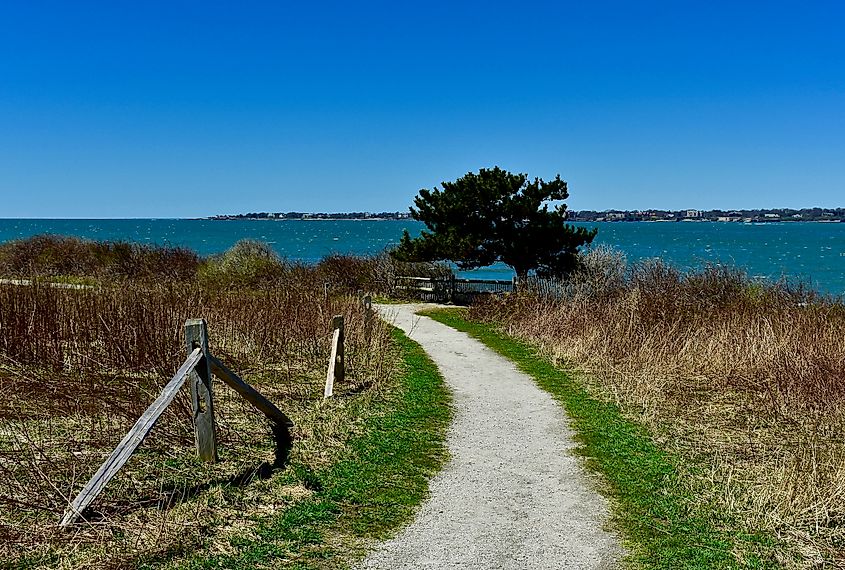
Situated beside Newport, Sachuest Point National Wildlife Refuge occupies a peninsula that extends far into the ocean, offering serene Atlantic views alongside vital coastal habitats throughout. The refuge protects 242 acres of wetlands, interior shrublands, and rocky shoreline, creating a year-round haven for wildlife that is open for you to explore.
During the winter months, it is one of the best places in New England to observe harlequin ducks, which gather offshore in significant numbers. It has three miles of trails that circle the peninsula, giving access to lookout points where you can spot everything from snowy owls to migrating songbirds, too.
The area also offers a glimpse into Rhode Island’s geological history, featuring glacially carved terrain and rock ledges that expose ancient layers of the earth. If you want to learn more, educational programs offered on-site at the visitor center highlight the importance of conservation in maintaining these fragile ecosystems.
Arcadia Management Area

Covering over 14,000 acres across Exeter, Richmond, Hopkinton, and West Greenwich, Arcadia Management Area is the largest of its kind in Rhode Island. Its landscape is primarily composed of forests, freshwater ponds, wetlands, and meandering rivers, quite different from the state’s more typical coastal settings.
The Wood River flows through the park, known for clear waters that attract paddlers and anglers seeking trout. On land, however, dozens of miles of trails cross the property, giving hikers, cyclists, and horseback riders a chance to explore, too. At the same time, hunters sometimes can use designated zones during open seasons.
With several large boulder outcrops, the park is also a haunt for rock climbers and boulders in the region. Regardless of how you want to enjoy it, a trip to Arcadia is among the best ways to experience Rhode Island's less appreciated hinterlands.
Trustom Pond
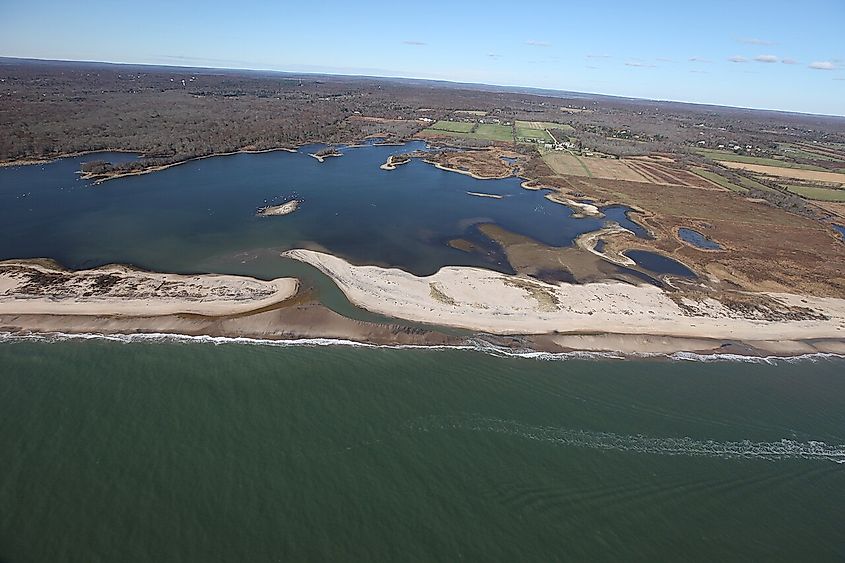
Protected by the Trustom Pond National Wildlife Refuge, this body of water is the only undeveloped coastal salt pond in Rhode Island. Additionally, unlike other coastal ponds in the state, it remains completely undeveloped. The refuge spans nearly 800 acres, comprising barrier beaches, fields, and wetlands. Several trails, such as the Osprey Point Trail, lead to observation platforms overlooking the pond and surrounding marshes, where a variety of local animals, birds, and points of interest can be spotted on any given day.
To be exact, Trustom Pond is a shallow lagoon separated from the Atlantic Ocean by a narrow strip of sand dunes. This habitat supports over 300 species of birds, including herons, ospreys, and migratory waterfowl, making it one of the critical sites for birdwatching in the state.
Lincoln Wood
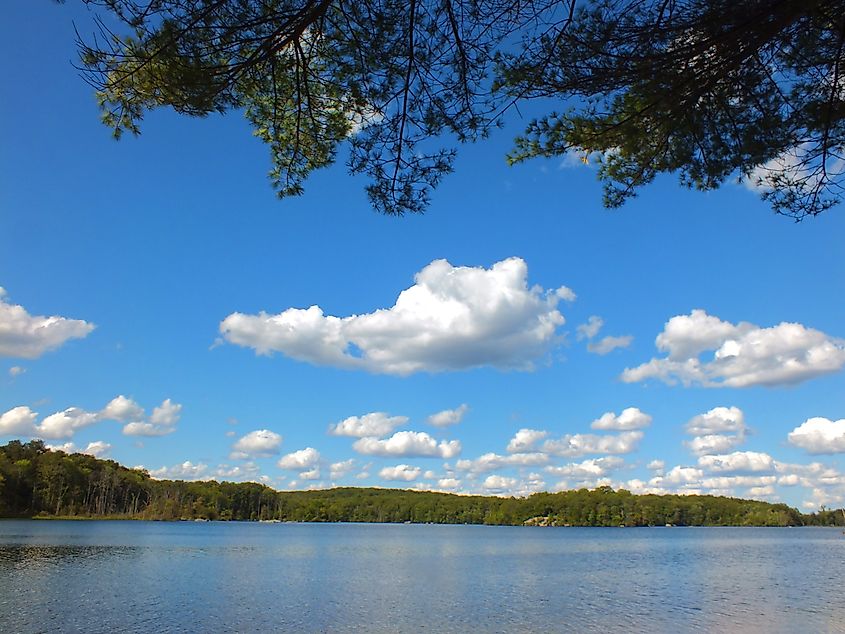
Sitting immediately north of Providence, Lincoln Woods State Park is a notable inland green space for city dwellers looking for a quick and easy escape. The park is renowned for its extensive glacial boulder fields, remnants of the last Ice Age, which make it a popular destination for both climbing and geological study. The large granite outcrops scattered throughout the park give it a distinctive character, attracting both recreational users, geologists, and simple sightseers all year long.
627 acres of mixed forest provide habitat for creatures such as deer, foxes, and numerous bird species, while trails accommodate hikers, cyclists, and equestrians. Moreover, its centerpiece, Olney Pond, is a popular spot for swimming, fishing, and kayaking, with surrounding picnic areas that mainly draw visitors during the warmer months.
Rhode Island’s surprising bounty of natural wonders shows that the state's size does not limit remarkable landscapes. From coastal bluffs and tidal refuges to inland forests and glacial remnants, it effectively preserves a diverse range of environments that anyone can appreciate in 2025, regardless of the season.


